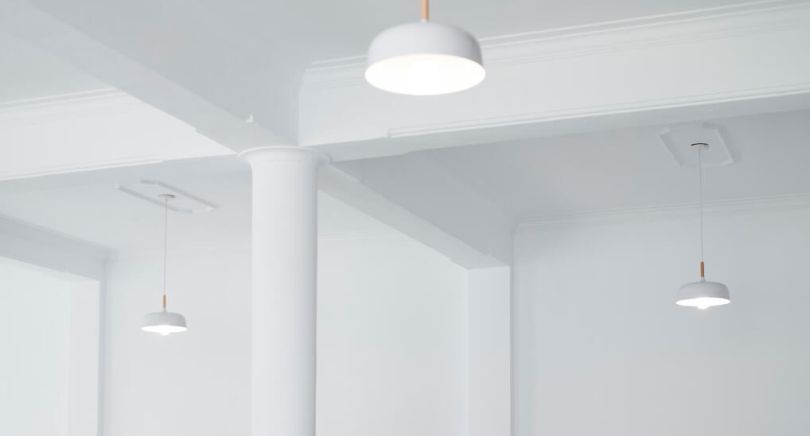Installation of a Drop Ceiling: Tools, Techniques, and Advice

For basements, offices, and other areas, drop ceiling tiles are a popular choice. Drop ceilings, also known as suspended ceilings, necessitate careful planning and the ability to work efficiently overhead. As a result, it pays to pay attention to the finer points and spend some time doing your homework before getting started.
With a little effort and know-how, you can install a drop ceiling yourself. While following the manufacturer's instructions is the best place to start, there are a few tools and tips "not shown" in the instructions that will help the project run more smoothly.
Easy Drop Ceiling Installation
Choose a style and a budget
Many factors go into deciding which drop ceiling is best for you. Begin with the look you want to achieve and work your way back to a budget you can afford. There are a variety of styles available, ranging from a simple metal grid and drop-in panels to richly coloured coffered looks that defy preconceived notions about how this ceiling treatment should appear.
When calculating the final cost, keep in mind that, unlike drywall (which is much cheaper to buy but much more difficult to finish), a suspended ceiling requires no additional work once installed.
Determine whether you want a suspended or surface-mounted ceiling
While the strictest definition of a suspended ceiling is one that hangs a few inches below the existing ceiling or framing and is supported by a metal grid, other options include surface-mounted ceilings with clips that screw directly to the framing above. The installation tools and techniques, on the other hand, are nearly identical.
When choosing between suspended and surface-mounted products, keep in mind that the latter takes up less valuable headroom, which is often lacking in older homes. They may, however, limit access to mechanicals that run through the joist space.
Gather the tools
You'll need the following items:
- A measuring tape is a piece of tape that is used to measure something.
- Make a chalk line (blue or another light colour for interior use)
- Impact driver or cordless drill-driver
- Level with a laser. It's especially useful for the long level layout lines that are common in suspended ceilings. (Spirit levels are fine for small spaces, but small inaccuracies and human error add up over time, making it difficult to accurately level an entire room.)
- Finder of studs. A scratch awl is an excellent tool.
- Side-cutters (electrician's pliers) and aviator (tin) snips Side-cutters bend the wire while snips cut the angle and "tees." Some companies manufacture a hanger system that is less time consuming than bending wire and functions similarly to a plunger used to close a bathroom sink drain.
- Ladders. A step ladder will suffice, but a rolling scaffold—which can be used for a variety of tasks—is preferable.
- Use Your Stud Finder to Remove Studs
- With your stud finder, do the following:
- Remove a device box cover plate, use the awl to determine which side is nailed to the stud, and you've found the stud.
- Plumb up to the ceiling and use a hammer to confirm you've found the stud by pounding the awl's point into the wall. You're in a bind if it comes to a halt and is difficult to remove. You missed it if you could wiggle it through the drywall.
- If you need to, try a few different locations above the planned drop ceiling line.
Measurements and layout should be double-checked
Before you start installing, you'll need to do some math, which the instructions will walk you through. Because the entire job is dependent on this initial work, it's worth double-checking your measurements and layout.
The following are the two most important factors:
- You've divided the room according to their formula, with the goal of making the panels on the ends the same size (the same concept applies to tile, but the method for determining the final layout is different).
- Your grid is rectangular. There's some leeway, but it's not a lot. The panels will not drop in if the grid is not square.
Add patience to the mix as well. Unless you're used to dragging ladders around and working over your head all day, those muscles aren't put to much use on a daily basis. Slow down. Work methodically and observe the transformation of your ceiling.













